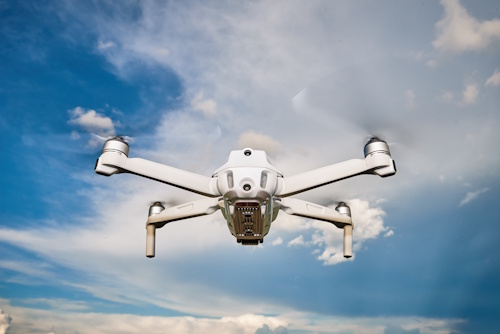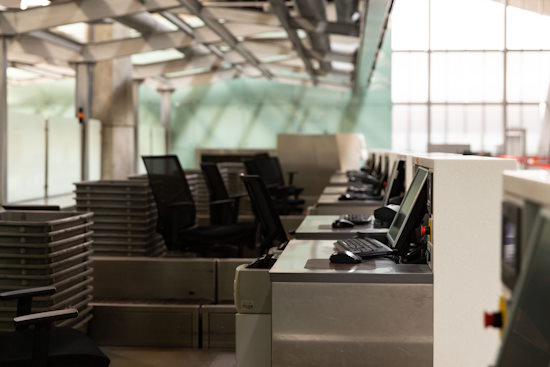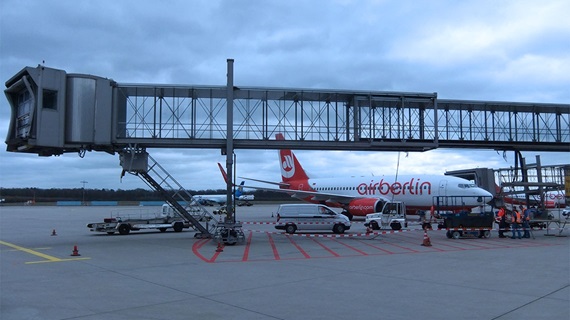Robots bring airplane production up to speed
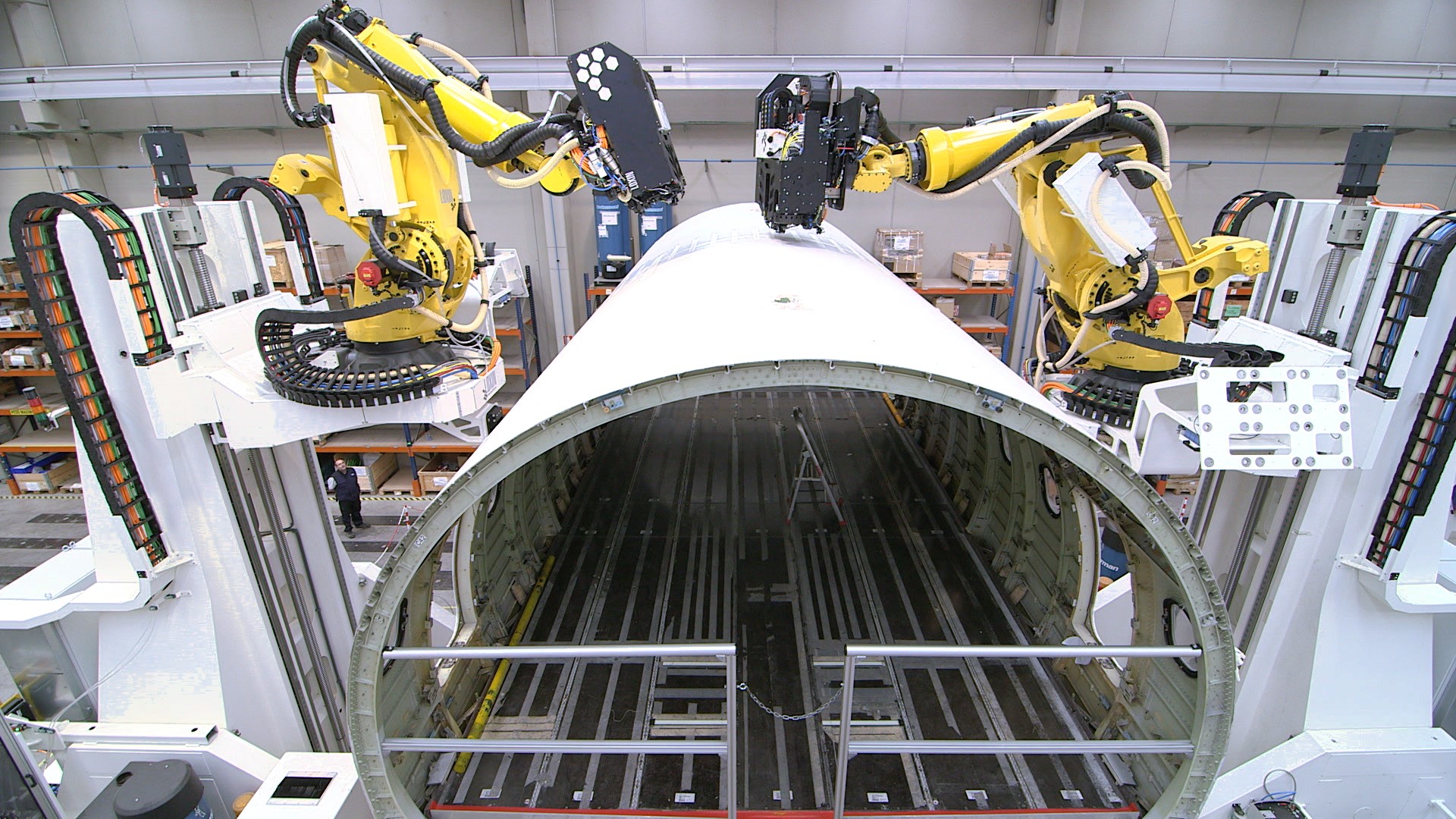
Robots are helping a European manufacturer of airplanes cut into an eight-year backlog of orders for one of its most popular aircrafts.
Airbus is using automated units developed by Loxin, of Spain, to assist in the manufacturing of fuselages for its best-selling A320 aircraft. The robots, which have been named Luise and Renate by Airbus workers, undertake the drilling and riveting of aircraft fuselages before final assembly. The robots provide faster and more efficient production for Airbus, which is seeking to increase production from 50 planes per month to 60. Airbus has sold 6,000 jets, with another 8,000 on order.
The robots are designed with e-chains® and chainflex® cables from igus®, a Germany-based manufacturer of high-performance plastic components. The company runs its North American operations out of East Providence, RI. The robots include 11 e-chains® and 19 cables. The long-lasting components are self-lubricating, maintenance-free, reduce downtime and offer increased service life.
The robots help drill more than 2,800 holes to join two halves of the fuselage. In the past, the work had been done by humans. The robots are more efficient than humans and more precise in drilling the holes.
“These robots are able to drill almost 80 percent of holes on the upper side of the sections, which improves the ergonomic working environment,” Airbus said in a press release.
The robots manufactured by Loxin are seven-axis units and are part of a new final assembly line where the fuselage and wings are transported by automated moving tool platforms, rather than lowered by cranes onto fixed jigs, and where dynamic laser tracking is used to perfectly align aircraft parts. The robots are used for drilling and counter-sinking, inserting fasteners and applying sealants in the shaft.
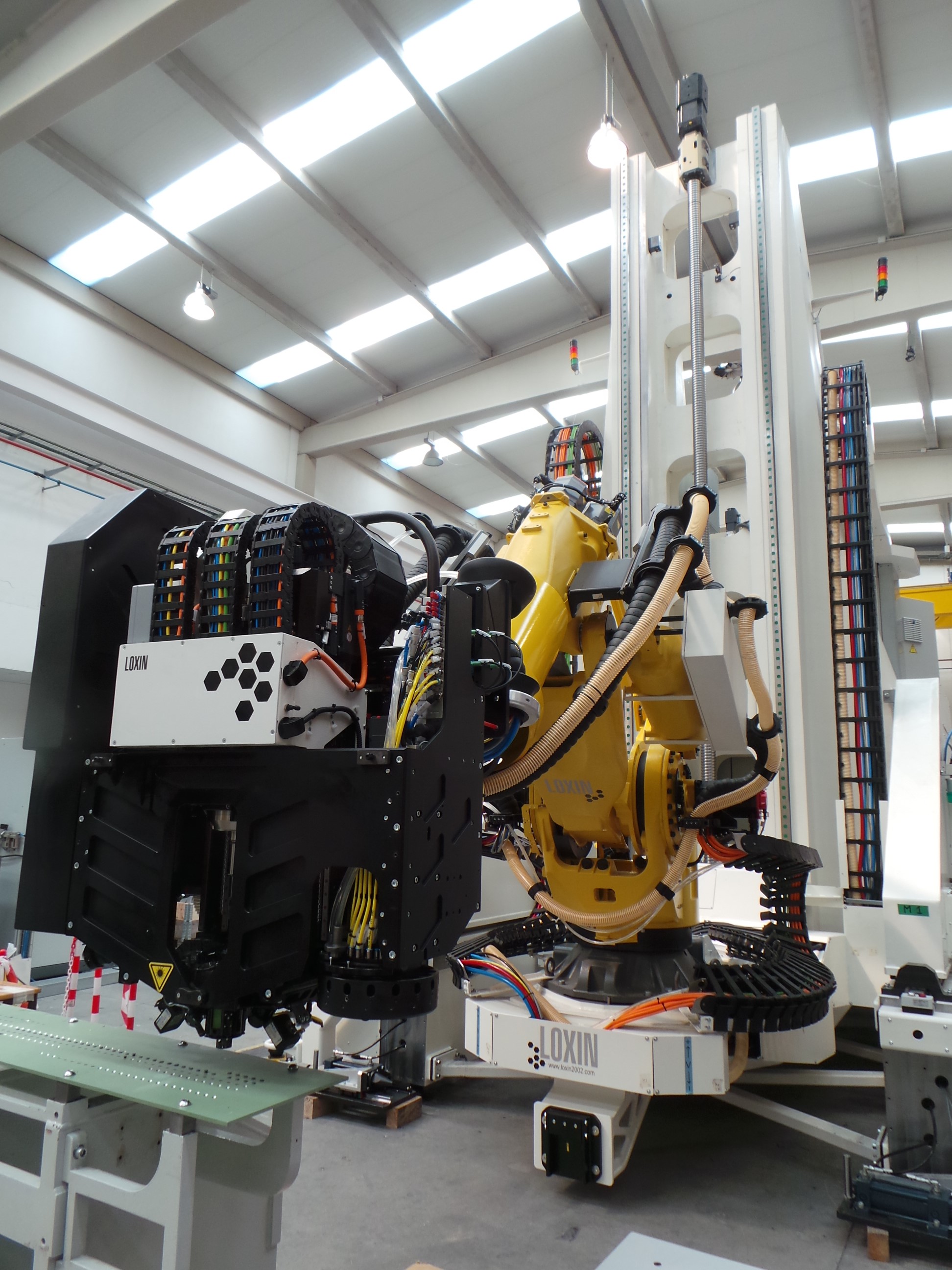
In the system, two e-chains® from igus® move three-dimensionally, so that the robots do not collide with the fuselage and cause damage to the aircraft. The e-chains® are attached parallel to each side of the robot arms, which facilitate movement of the arms and make the fuselages more accessible despite the difficult geometries involved.
The igus® components offer several advantages according to Francisco Javier Martínez López, igus®’ energy chain systems sales manager. They include the following:
- A snap-lock mechanism for fast opening to insert and easily replace the large quantity of cables and hoses for automatic drilling heads installed on the sixth axis
- A defined minimum bend radius and torsion-stop for optimum cable protection, allowing for Loxin to constantly change the robot program to work on many different pieces of the aircraft
- A ball-and-socket design that allows for the absorption of high tensile strength generated during the robot trajectories and the high additional load inside the chain
- A compact design of the linear retraction systems on both sides of the robot arm
- Thanks to the igus® twisterchain, cables are correctly distributed around the first axis, instead of all together inside one corrugated tube being compressed and twisted without a defined bend radius.
“One RSE linear retraction system is attached on each side of the robot arm,’’ Martínez López explained. “This results in improved accessibility despite the complex geometries and the large number of guided cables and hoses. The cables and hoses bring into the application the connecting elements on one hand, and on the other, provide for the extraction of emerging dust. This allows for a larger working space, and collisions are neutralized between the fuselage and the robot end effector.”
The A320 is a wide single-aisle cabin that usually seats 150 passengers, with a maximum capacity of 180 travelers. The aircraft has an overall length of 37.57 meters and a fuselage width of 3.95 meters. The first member of the A320 family launched in 1984 and first flew in 1987. There are now more than 7,700 A320 planes in use, and it ranked as the world’s fastest-selling jet airliner from 2005-2007.
Thomas Renner writes on manufacturing, building, construction, and other topics for U.S. trade publications. He can be reached at trenner@catalystmc.com.

